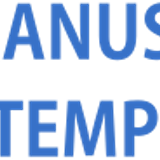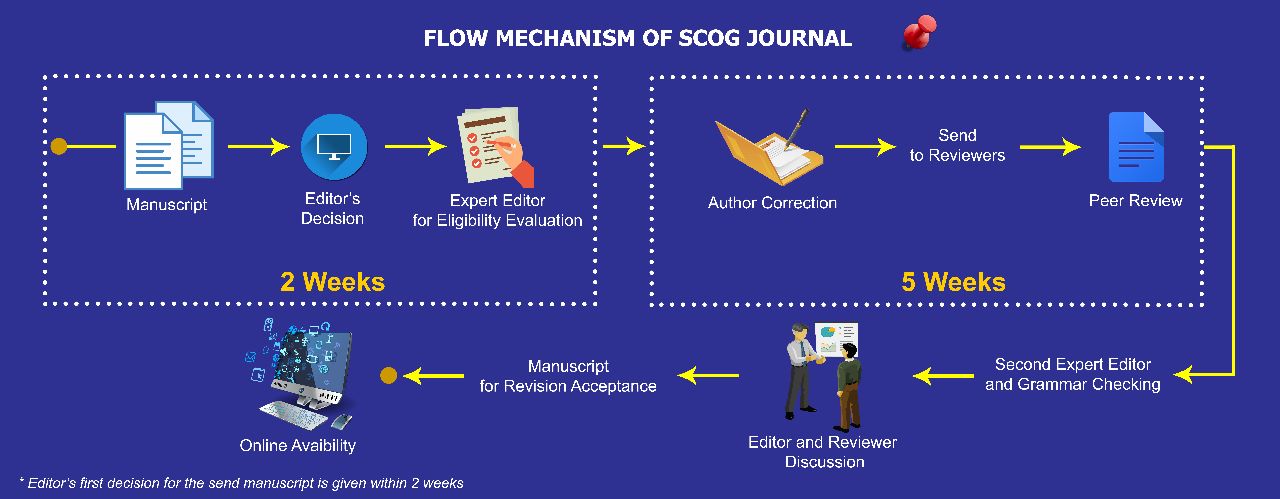A CUSTOMIZED QUASI THREE-PHASE DRAINAGE RELATIVE PERMEABILITY MODEL FOR SOME INDONESIAN WATER-WET SANDSTONES
Abstract
Keywords
Full Text:
PDFReferences
Ahmadi, M.A. (2015). Connectionist Approach Estimates Gas Oil Relative Permeability in Petroleum Reservoirs: Application to Reservoir Simulation. Fuel, Vol. 140, 15 January, pp: 429 439.
Bennion, B. and Bachu, S. (2008) Drainage and Imbibition Relative Permeability Relationships for Supercritical CO2/Brine and H2S/Brine Systems in Intergranular Sandstone, Carbonates, Shale, and Anhydrite Rocks. Paper SPE #99326-PA, SPE Reservoir Evaluation & Engineering, Vol. 11 no. 3, June.
Blunt, M.J. (2017) Multiphase Flow in Permeable Media A Pore-Scale Perspective. Cambridge University Press, Cambridge CB2 8BS UK, ISBN: 9781107093461, p: 475.
Blunt, M.J., Bijeljic, B., Dong, H., Gharbi, O., Iglauer, S., Mostaghimi, P., Paluszny, A., and Pentland, C. (2013). Pore-Scale Imaging and Modeling. Advances in Water resources, Vol. 51, January, pp: 197 216.
Brooks, R.H. and Corey, A.T. (1964). Hydraulic Properties of Porous Media. Hydrology Papers, No. 3, Colorado State U., Fort Collins, Colorado, p: 37.
Burnside, N.M. and Naylor, M. (2014) Review and Implications of Relative Permeability of CO2/Brine Systems and Residual Trapping of CO2. Int. J. of Greenhouse Gas Control, Vol. 23, April, pp: 1 11.
Chierici, G.L. (1984). Novel Relations for Drainage and Imbibition Relative Permeabilities. Society of Petroleum Engineers Journal, June, pp: 275 276.
Corey, A.T. (1954) The Interrelation between Gas and Oil Relative Permeabilities. Producers Monthly, 19, November, pp: 38 41.
Corey, A.T., Rathjens, C.H., Henderson, J.H., and Wyllie, M.R.J. (1956). Three-Phase Relative Permeability. J. of Pet. Tech., Technical Note, November, pp: 63 65.
Gerhard, J.I. and Kueper, B.H. (2003) Infl uence of Constitutive Modell Parameters on the Predicted Migration of DNAPL in Heterogeneous Porous media. American Geophysical Union (AGU) Publications, Water Resources Research, vol. 39 no.8, pp: SBH 8-1 SBH 8-16.
Huang, D.D., Honarpour, M.M., and Al-hussainy, R. (1997). An Improved Model for Relative Permeability and Capillary Pressure Incorporating Wettability. Paper SCA-9718, presented at the Society of Core Analysts International Symposium at Calgary Canada, September 7 10.
Johnson, C.E. (1968). A Two-point Graphical Determination of Constants S_Lr and S_m in The Corey Equation for Gas-Oil Relative Permeability Ratio. J. of Pet. Tech, October.
Lomeland, F., Ebeltoft, E. and Thomas, W.H. (2005). A New Versatile Relative Permeability Correlations. Society of Cor Analysts, Paper SCA2005-32, pp: 1 12.
Masalmeh, S.K., Abu-Shiekah, I.M., and Jing, X. (2007). Improved Characterization and Modeling of Capillary Transition Zones in Carbonate Reservoirs. SPE Reservoir Evaluation & Engineering, Vol. 11, no. 02.
Ott, H., Pentland, C.H., and Oedai, S. (2015) CO2Brine Displacement in Heterogeneous Carbonates. Int. J. of Greenhouse Gas Control, Vol. 33, February, pp: 135 144.
Pruess, K. and Tsang, Y.W. (1990). On Two Phase Relative Permeability and Capillary Pressure of Rough - Walled Rock Fractures. Water Resources Research, 26 (9), pp: 1915 - 1926.
Reynolds, C.A. and Krevor, S. (2015) Characterizing Flow Behavior For Gas Injection: Relative Permeability of CO2 Brine and N2 Water in Heterogeneous Rocks. American Geophysical Union (AGU) Publications, Water Resources Research, 51, pp: 9464 9489.
Schembre, J.M. and Kovscek, A.R. (2003). A Technique for Measuring Two-Phase Relative Permeability in Porous Media via X-ray CT Measurements. J. of Pet. Sci and Eng, Vol. 39, issues 1 2, August, pp: 159 174.
Standing, M. B. (1975). Notes on Relative Permeability Relationships. Unpublished notes distributed in Stanford University.
Widarsono, B. (2011). Irreducible Water Saturation and Its Governing Factors: Characteristics of Some Sandstones in Western Indonesia. LEMIGAS Scientific Contributions to Petroleum Science & Technology, Vol. 34, No. 1, May, pp: 19 34.
DOI: https://doi.org/10.29017/SCOG.41.1.61

This work is licensed under a Creative Commons Attribution-NonCommercial-NoDerivatives 4.0 International License.






